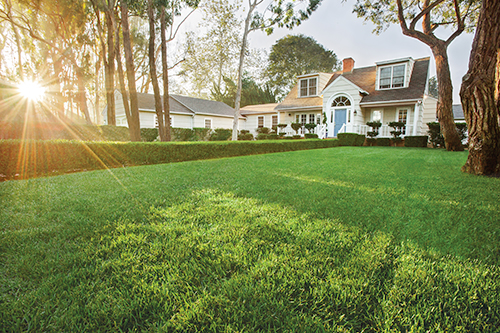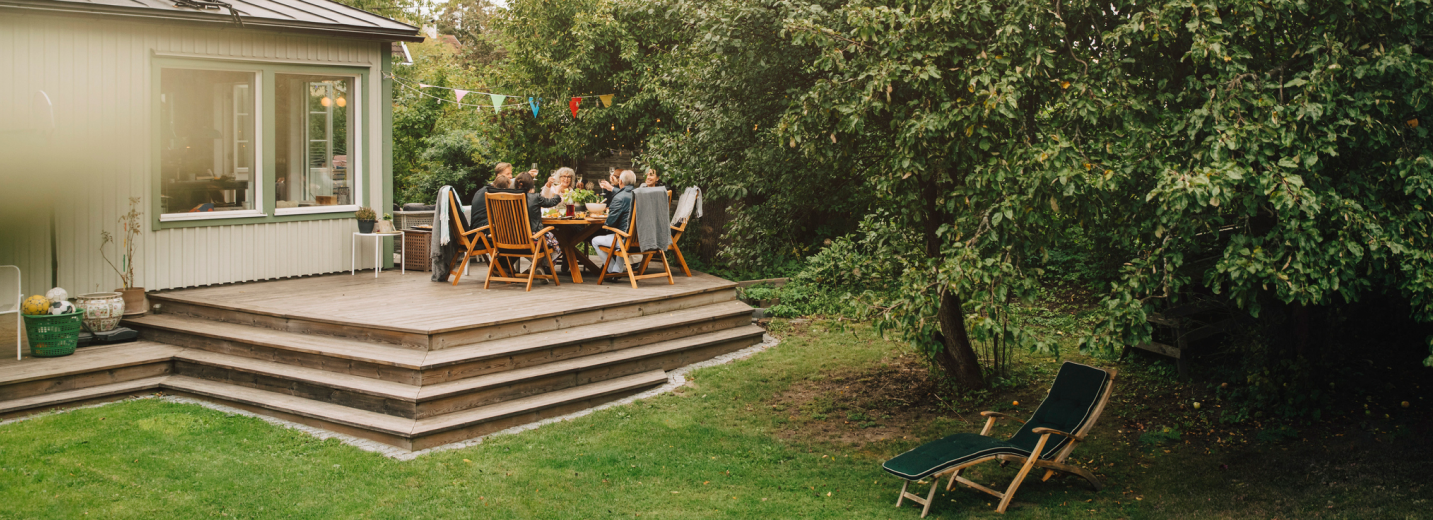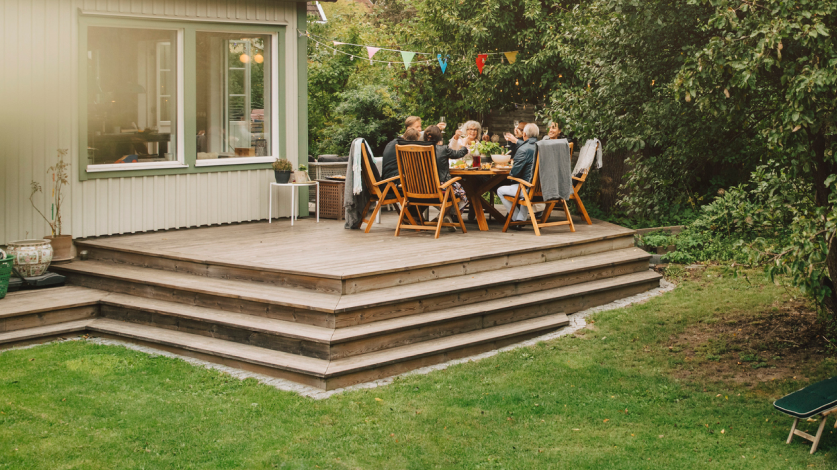

Lawn CARE PLANS
Plan Comparison
Find the plan that best suits your lawn’s unique needs.
TruPro℠
Top pick
As the official treatment provider of the PGA TOUR, we've learned a thing or two. With this plan, we’ll maximize your lawn’s potential. The best possible care. For the best-looking lawn. At a price you’ll love.
TruCore℠
TruCore combines advanced weed control and fertilization for a healthy, lush lawn at a great value.
TruBasic℠
Treat your lawn to partial season weed and nutrient services.
Pest Control Plans
Plan Comparison
Find the plan that best protects you from pesky pests.
TruDefense℠ Mosquito Control
Target mosquitoes where they live to reduce their numbers in just 24 hours.
TruBarrier℠ Perimeter Pest Control
Prevent pests from getting inside with a barrier of protection.
Flea, Tick & Outdoor Nuisance Pest Control
Put a stop to active and persistent pests in your outdoor space.
Enter your ZIP Code to find your branch

 Branch Finder
Branch Finder














 Back to all blogs
Back to all blogs
Facebook
X
Youtube
Copy Link
Email